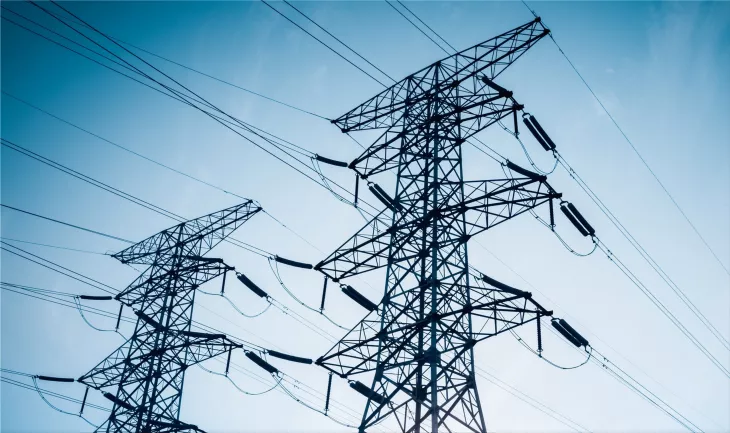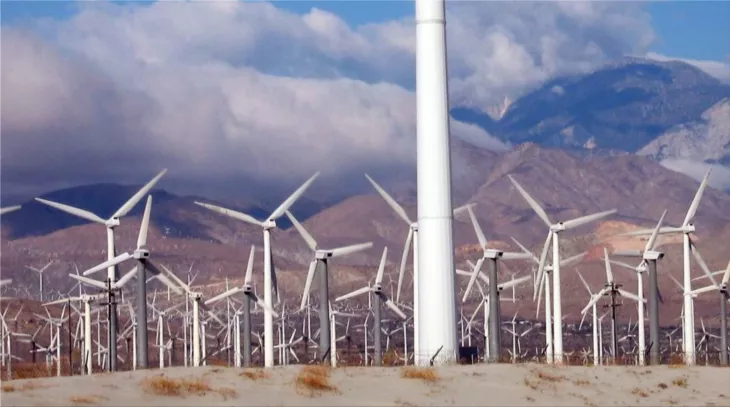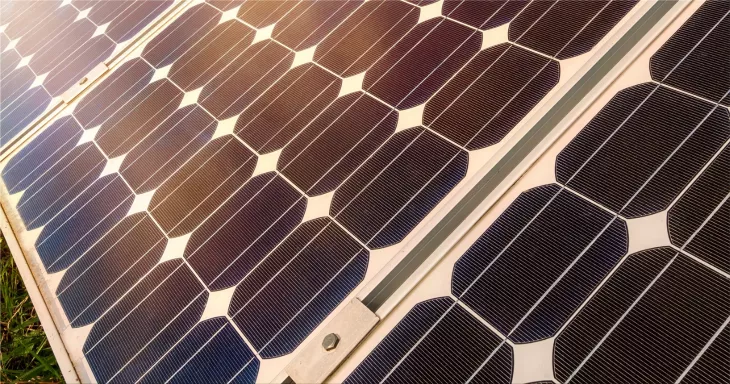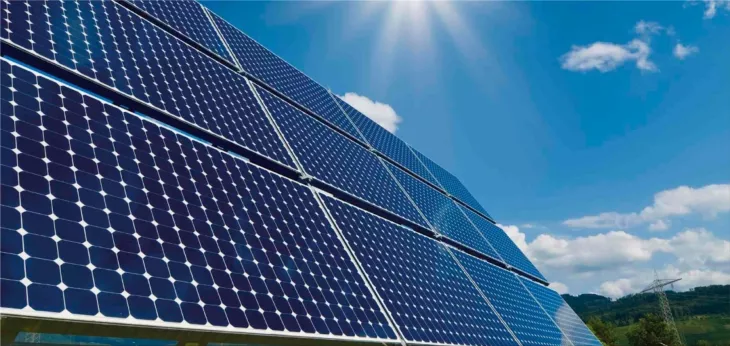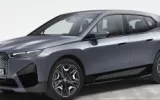The Federal Ministry for Economic Affairs and Energy (Germany) has presented an analysis of the development of electricity consumption. As a result, the gross electricity consumption in 2030 is estimated at 658 terawatt-hours (TWh) - an increase of 11 percent compared to 2018. In the preliminary estimate submitted by the Federal Economics Minister in July of this year, the gross electricity consumption in 2030 was 645 to 665 TWh has been determined. Electromobility, in particular, is responsible for increasing electricity consumption.
The updated estimate is based on ongoing scenario calculations in which the current goals of the Climate Protection Act for the year 2030 were taken into account. According to the Ministry of Economic Affairs, the increase in electricity consumption is primarily due to the transport sector and the increasing share of e-mobility, electric heat pumps in buildings and heating networks, the generation of electrolysis hydrogen, and the production of batteries. On the other hand, increasing electricity efficiency and declining power plant own consumption due to the phasing out of nuclear energy and coal are dampening the increase in electricity consumption.
According to the analysis, the main driver of the increase in consumption is the transport sector. In particular, the increased electromobility in road traffic contributes to the rise (+68 TWh). Around 44 TWh of this is for cars, 7 TWh for light commercial vehicles, and 17 TWh for heavy commercial vehicles. If the electricity consumption for buses and two-wheelers is also added, the total electricity consumption for e-mobility in 2030 will be around 70 TWh (excluding rail transport).
In the assumed scenario, the number of battery-electric vehicles will increase to 16 million cars by 2030, plus 2.2 million plug-in hybrids. In 2018 there were only around 100,000 electric cars; the associated electricity consumption was an estimated 0.3 TWh. The operation of battery factories, especially for electric vehicles, creates new large industrial consumers with expected electricity consumption of approximately 15 TWh in 2030, compared to 0 TWh in 2018.
Other primary drivers of electricity consumption in Germany (this also applies to many European countries) include rail transport, hydrogen electrolysis, heat pumps, and data centers. In the expected development, the increase in energy efficiency in the private and commercial sector, a decrease in power plant own consumption, and the reduction in electricity demand for another conversion will lead to falling electricity consumption. The modeling assumes a constant share of net losses of 4.5 percent of gross electricity consumption. Accordingly, the network losses increase proportionally to the electricity demand.
"It has long been obvious that more electricity will be required when millions of electric cars will hit the market, and an increasing amount of green hydrogen is created. Furthermore, increasing digitization will also increase electricity consumption. Therefore, it is right that the Federal Ministry of Economics has now raised its expectations of future electricity consumption," said Kerstin Andreae, Chairwoman of the German Association for Energy and Water Management (BDEW).
"The CO2 reduction targets of the amended Federal Climate Protection Act have once again increased the pressure to act significantly. The BDEW is assuming an even greater electricity demand of around 700 TWh," Andreae continues. "From our point of view, a higher share of renewable energies in electricity generation of 70 percent by 2030 is necessary if the climate targets are to be achieved. And it makes a difference whether we have to generate 500 billion kWh of electricity that is at least 70 percent renewable or 700 billion kWh. This means that the expansion paths in the EEG will have to be raised: By 2030, this could mean around 100 gigawatts (GW) for onshore wind turbines, 11 GW for biomass, and at least 150 GW for PV (roof and open space). "
The BDEW calls for removing obstacles to the expansion of wind energy on land and for a photovoltaic (solar power) boom to be ensured. Faster network expansion and conversion are also becoming more urgent due to the increasing electricity demand. "This is the only way to ensure that green energy can always get to where it is needed. Billions in investments will be required for this," said the association. To keep the security of supply at the current high level, all potential for flexibility would have to be leveraged, for example, through load management and storage. The construction of gas-fired power plants that are "hydrogen-ready" and that are increasingly operated with renewable and decarbonized gases is indispensable for the required secure performance. The right framework conditions must be created for this.
I'm not arguing in favor of nuclear power or claiming that none of this is conceivable. All of this is achievable, but it will need a drastic shift in energy policy. The present policy was to abandon nuclear power and stymie the growth of wind power. You don't need to guess who the major winner is: Lignite-based electricity generation increased by 35% in the first half of the year. This is catastrophic. If the current approach is followed, we will not be compensated for the lost nuclear power-producing capacity.





